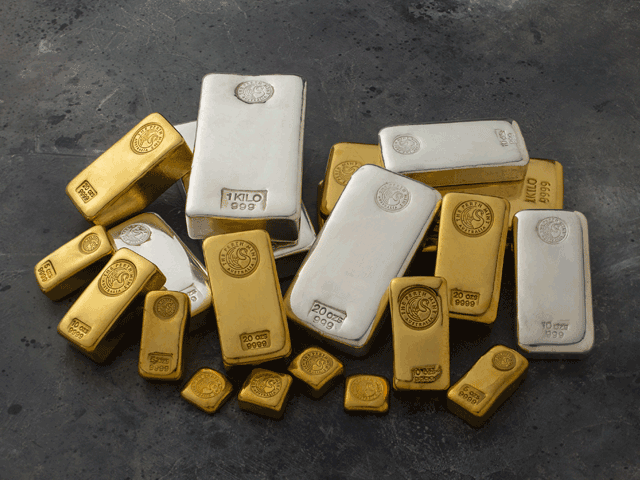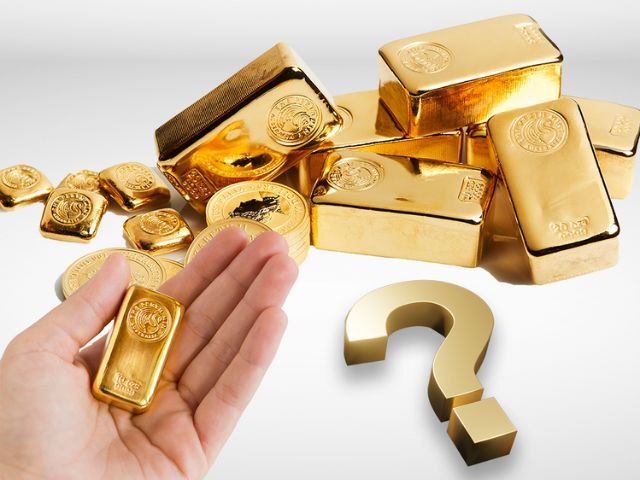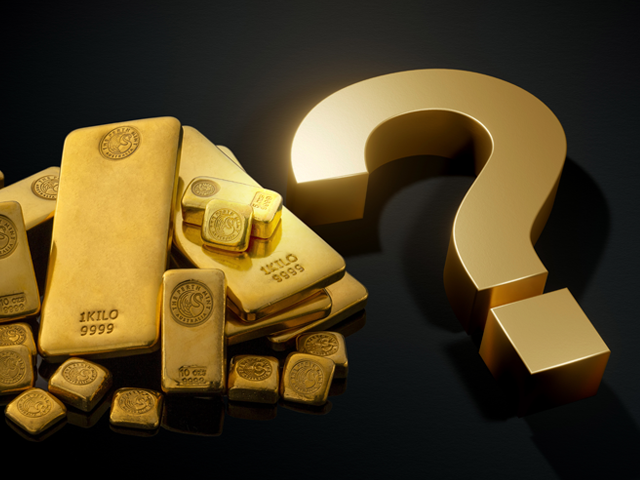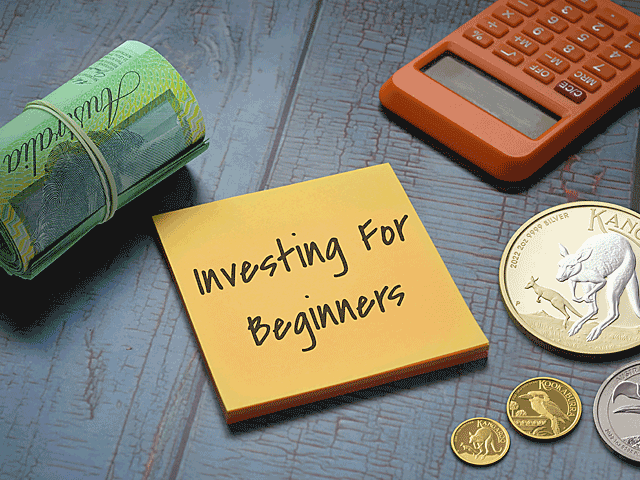Going loco on gold - what are loco swaps?

One of the most liquid assets on the planet, gold is bought and sold in staggering amounts each day in trading hubs around the world.
In 2020 during the height of the COVID-19 pandemic the daily gold exchange topped previous records to reach 251 million ounces of gold, worth USD 490 billion.
With so much physical metal changing hands each day, the location of where it is being traded is important as there are costs involved with moving it from one place to another.
Below we explore the concept of location swaps and how gold’s location is tied to the spot price.
What is loco?
Loco is short for location. For gold and silver bullion investors who prefer to trade in physical metal, it is important to consider location, as a physical commodity costs money to move it between locations. Those used to trade shares, bonds and other ‘virtual’ or digital only products can sometimes overlook the implications and risks of dealing in something that is physical.
In the industry, ‘spot price’ is really shorthand for ‘the price of gold located in London’. Why London? Because that is where, historically, gold was traded. It is where the major bullion banks have head offices and where some pretty big vaults – and a fair amount of physical gold – is located.
Thus, the price quoted on information services like Reuters and Bloomberg is for gold located in London, or in industry jargon, ‘loco London’.
If you are buying or selling with a dealer which has trading accounts with bullion banks, the spot price they are quoting is effectively a loco London price. This is essentially gold’s ‘base’ price.
If you deal in gold in other locations, for example loco Perth, the price is different to gold’s loco London price because it costs money to freight gold between locations. The question is, who pays this difference? Simply put, supply and demand.
For example, Australian mines produce a lot more gold than domestic buyers want, so loco Perth supply is higher than demand. Therefore, miners can’t sell it all to Perth buyers and will therefore have to freight it to London if they want to sell the excess at the loco London spot price.
Loco swaps and discount prices
In fact, miners don't often ship the gold they sell to London. Instead they do a ‘loco swap’ with the loco Perth gold price at a discount to the loco London gold price, the discount being equal to the cost of getting the gold to London.
Simply put, loco swaps are a way to move gold or silver to another location without physically shipping it. It is a transaction where two parties agree to exchange (swap) gold they have in different locations (locos) with each other.
This means that the loco discount or premium needs to be transferred between the swap parties in addition to the metal itself.
It also means that each location can trade at a premium or discount to London depending upon local supply and demand at that time.
As a result, loco discounts/premiums are not fixed and change over time as local supply/demand changes.
Loco premiums
Normally the supply/demand situation is stable, which is another way of saying that the physical flows around the globe are stable.
In extenuating circumstances, such as during a global pandemic when demand can outpace supply, there may be disparities in a location which can impact loco premiums.
Generally loco discounts/premiums are small and are often included into fabrication premiums. This can therefore give investors the impression that there is one global spot price for gold.
This is misleading because when markets change and there is sustained buying or selling imbalances in a location, the discount/premium can start to become quite large.
The result may be that the spot price in that location starts to diverge from the loco London price.
Common loco swaps
The Perth Mint records loco swap trades as linked buy and sell trades. For example, a mining company swapping its Perth gold for London gold would be entered as (assuming a gold price of USD 1,900 and a loco Perth discount of USD 1.00):
How gold trades equal a location swap
Trade number
1
2
Perth Mint is
Buying
Selling
Metal
Gold
Gold
Currency
USD
USD
Price
1,900
1,899
Ounces
100
100
Loco
Perth
London
Trade value
190,000
189,900
While there are two separate trades, on settlement the USD trade values are netted against each other and the mining company pays The Perth Mint USD 100.00.
The metal values however are settled independently as they are for different locos - The Perth Mint would deposit 100oz into the mining company's London metal account and withdraw 100oz from its metal account with The Perth Mint.
The most common type of loco swap The Perth Mint performs is with mining companies. This is because many mining companies trade their gold or silver in the over the counter (OTC) market in London with bullion banks or have other contractual obligations to deliver metal.
Miners could ask for The Perth Mint to refine their gold and ship it to London, but from the point of view of the industry as whole, however, this is not always efficient.
For example, with a demand in China for 99.99% kilo bars it would not make much sense for:
- an Australian miner to ship 99.5% pure 400oz bars to London;
- a bullion bank to then ship those bars to a refinery;
- a refinery to reprocess those bars into 99.99% kilo bars; and finally
- a refinery to ship the kilo bars to China for sale.
It is therefore more efficient (and cheaper) for all parties if The Perth Mint keeps the miner's gold, refines it directly to 99.99% purity and then ships the kilo bars to China.
Taking Australian gold to the world
As the only London Bullion Market Association (LBMA) accredited refiner for gold and silver in Australia, The Perth Mint produces a range of bullion investment products for distribution to markets around the world.
Trusted globally for more than 120 years, we are committed to our mission of transforming and taking Australian precious metals to the world and thereby supporting and promoting international markets.
Learn more about our pure gold, silver and platinum bullion coins and bars on our website.
Resources
https://www.gold.org/what-we-do/gold-market-structure/global-gold-market
DISCLAIMER
Past performance does not guarantee future results. The information in this article and the links provided are for general information only and should not be taken as constituting professional advice from The Perth Mint. The Perth Mint is not a financial adviser. You should consider seeking independent financial advice to check how the information in this article relates to your unique circumstances. All data, including prices, quotes, valuations and statistics included have been obtained from sources The Perth Mint deems to be reliable, but we do not guarantee their accuracy or completeness. The Perth Mint is not liable for any loss caused, whether due to negligence or otherwise, arising from the use of, or reliance on, the information provided directly or indirectly, by use of this article.












